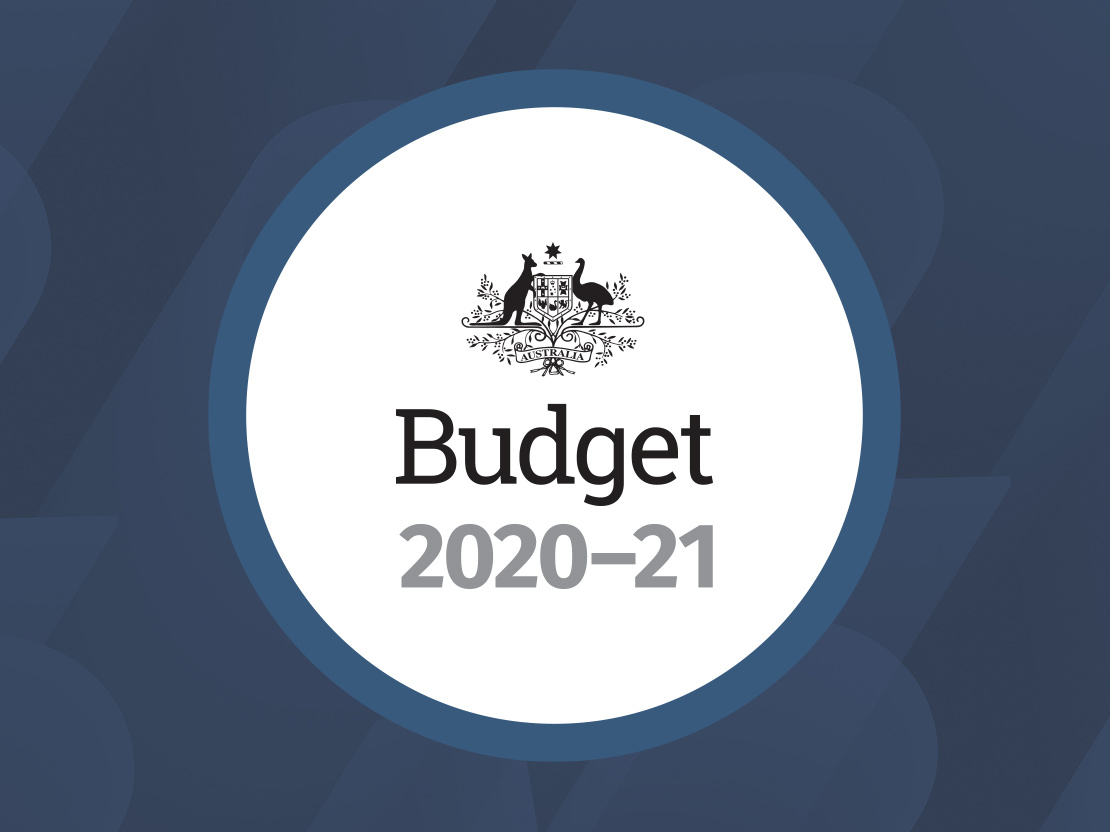 What is a Comparison Rate?
What is a Comparison Rate?
When looking for a home loan, whether it’s to purchase a new property or to refinance an existing loan, one of the primary points of focus is the
interest rate. Whenever you see an interest rate advertised by law there also needs to be a comparison rate.
The idea behind comparison rates was to help borrowers understand how any fees or charges would impact an interest rate to help compare loans from different lenders by revealing the true cost of a loan. Comparison rates are a handy tool but you need to understand how to use it and its limitations.
What is a comparative rate and how can it help you find a better deal on your home loan?
Comparing different home loans with different interest rates and different upfront and ongoing fees is difficult. The comparison rate is a standardized calculation of the interest rate if these fees were added in.
The way it is calculated gives you a hint about its uses and shortcomings. It is calculated on a loan amount of $150,000 over a loan term of 25 years and costs like setup costs, application fees, ongoing fees and discharge fees are added. When you look at lists of home loan interest rates on comparison websites like Ratecity, you will soon see which loans don’t have many fees as their comparison rate is identical to or very close to the actual interest rate. This should give you a first point of discussion with a particular lender.
So is the loan with the cheapest comparison rate going to be the best loan for me?
The main shortcoming is that the comparison rate is calculated on a fixed loan amount of $150,000 and a loan term of 25 years. If you’re loan doesn’t fit this, and most won’t, then it won’t be entirely accurate. What you need to do is to do your own calculations. A simple way to get a comparison rate tailored to your loan amount and loan term is with a Key Facts Sheet. Most lenders will have these so you just need to ask.
Loan features are also important, so make sure that you look further than just the interest rate and comparison rate. Does the loan allow you to pay extra and redraw for free, does it have an offset account, and are there any other features that will help save you money over the long term?
Remember, just because a home loan has a low interest rate, it does now necessarily mean that you will end up paying less overall. The comparison rate gives a more realistic view but just be careful of solely using it to help you decide which loan is the best one for you. A more detailed look at what the interest rate and fees mean for your loan amount and loan term as well as the loan features needs to be included in your research.






